And if you got over the initial trauma of viewing the cover and dared to open up one of those books and read it? Well, let’s just say that some things can’t be unseen.
Gammell has illustrated countless “normal” children’s books over the course of his vast career, even earning himself a Caldecott Award for his work on the lighthearted Song and Dance Man by Karen Ackerman. But it is his work on the Scary Stories books for which he is most fondly (or not so fondly depending on much sleep you lost because of him over the years) remembered.
“Macabre”, “surreal”, “haunting”, these are the words that come to mind when you look at Gammells work. But it is also grotesquely beautiful and extremely powerful. Even out of the context of the books the pictures create an inescapable sense of dread.
These are the kind of images that work their way insidiously into the darkest corners of your psyche where they wait patiently, sometimes years, for just the right time. When you’re home alone on a blustery Autumn night, the house creaking and moanijng, and you find yourself jumping at shadows, only then do the ghouls and ghosts that inhabit Gammell’s grim landscapes come creeping back into your mind’s eye.
Considering the terror-inducing content, it is no surprise that the Scary Stories to Tell in The Dark series are some of most challenged books in recent memory. According to the ALA, they were the #1 most frequently challenged books for 1990-1999 and stayed in the top ten for 2000-2009 at #7. The most frequently cited reasons being “insensitivity, occult/Satanism, violence, (and being) unsuited to age group".
Gammell’s illustrations no doubt contributed as much as, if not more than, the text to garnering the books this dubious honor.
Harper Collins re-issued the books for their 30th anniversary in 2011, sadly replacing Stephen Gammell’s eerie illustrations with “safer” work by Brett Helquist of A Series of Unfortunately Events fame. Thus saving the next generation of kids from a lifetime of nightmares and their parents a lifetime of therapy expenses.
(Little do my sweet, unsuspecting children know that I still have copies featuring Gammell's original artwork to spring on them when the time is right. Moooohahahahahaha!)
So as we near the end of Banned Books Week and the beginning of the Halloween season let’s take a moment to remember (and then immediately try to forget) the immortal artwork of Stephen Gammell.
But only if you dare…
(Seriously, don't say I didn't warn you.)
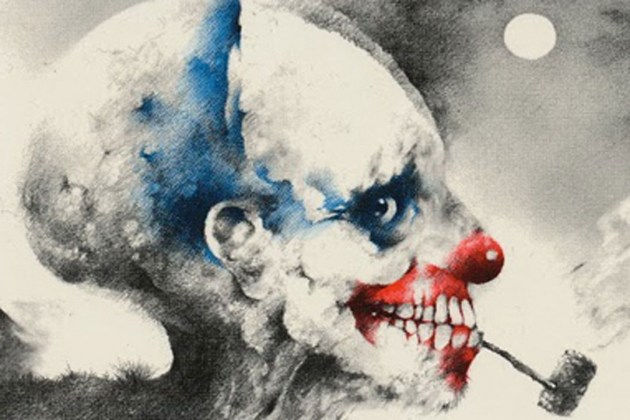
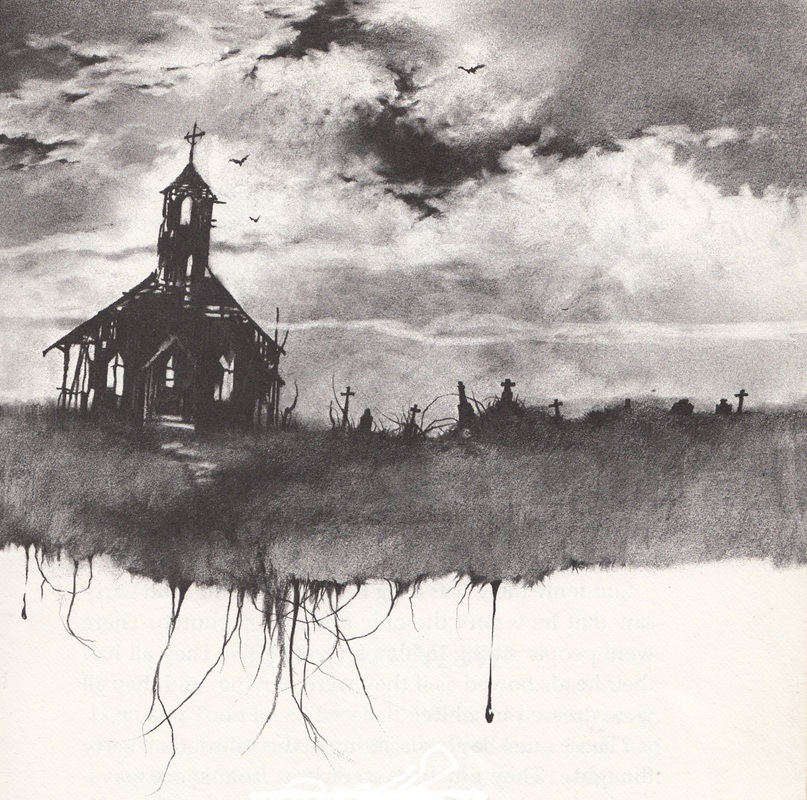
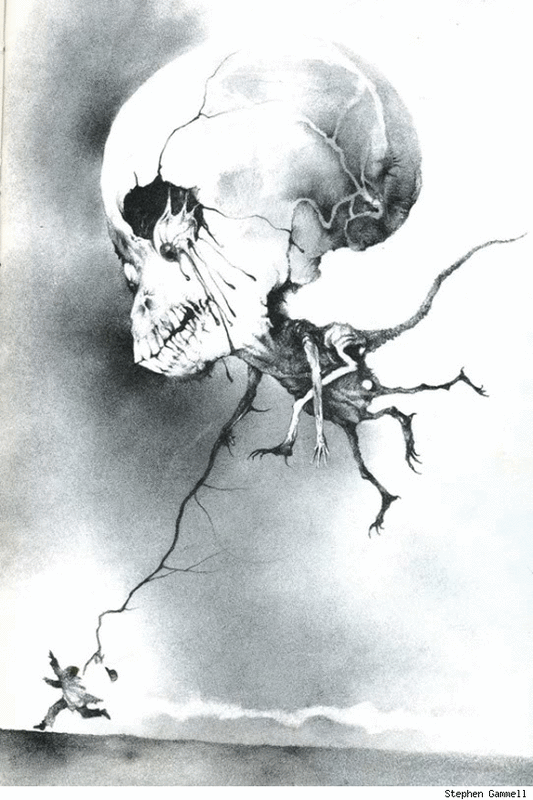
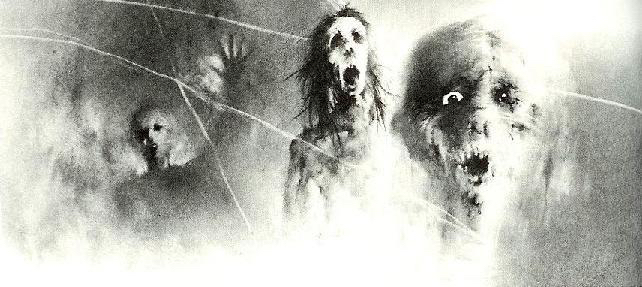
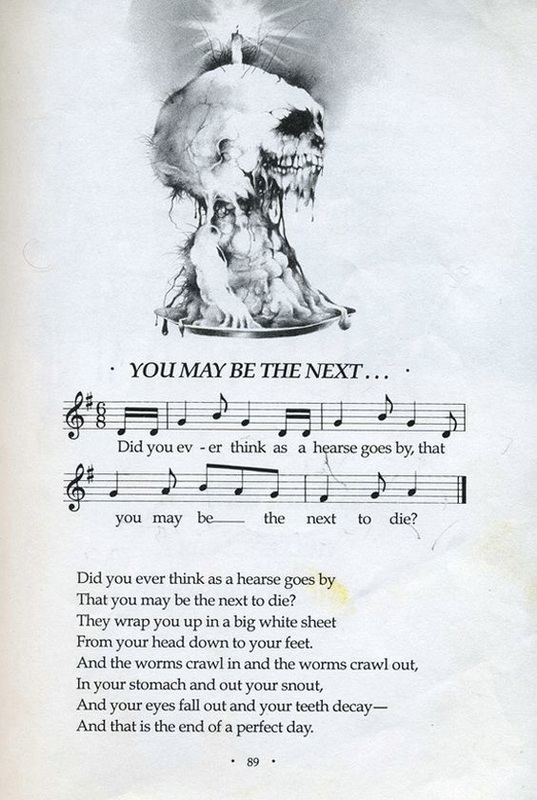
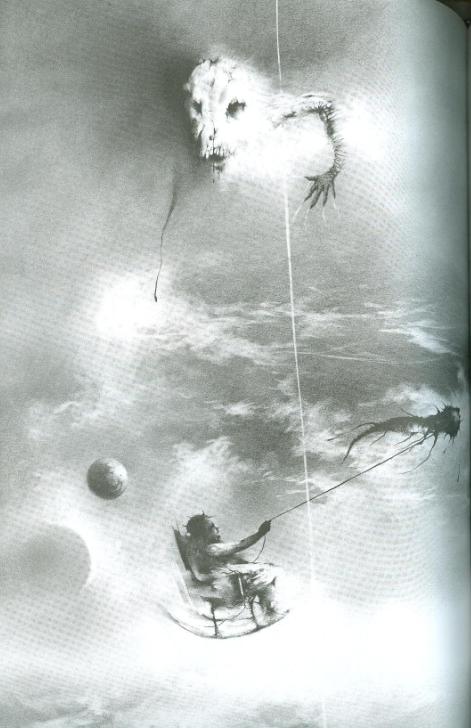

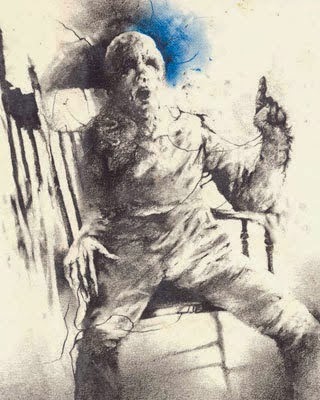
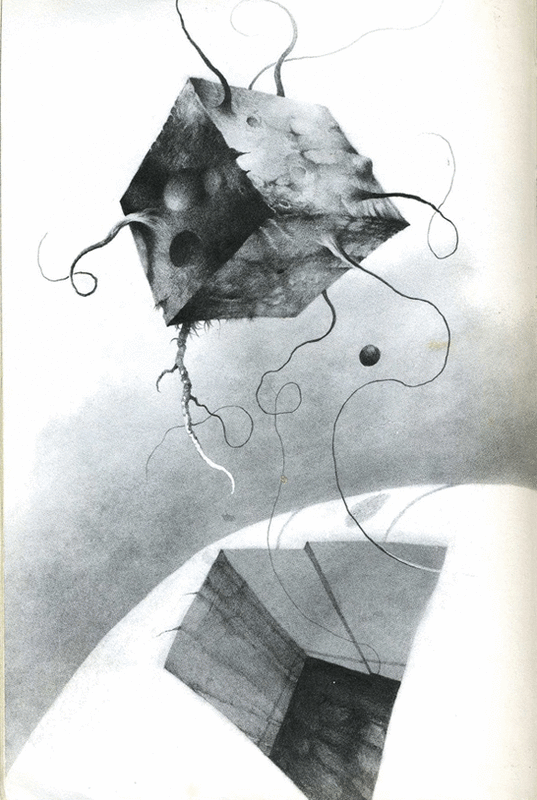
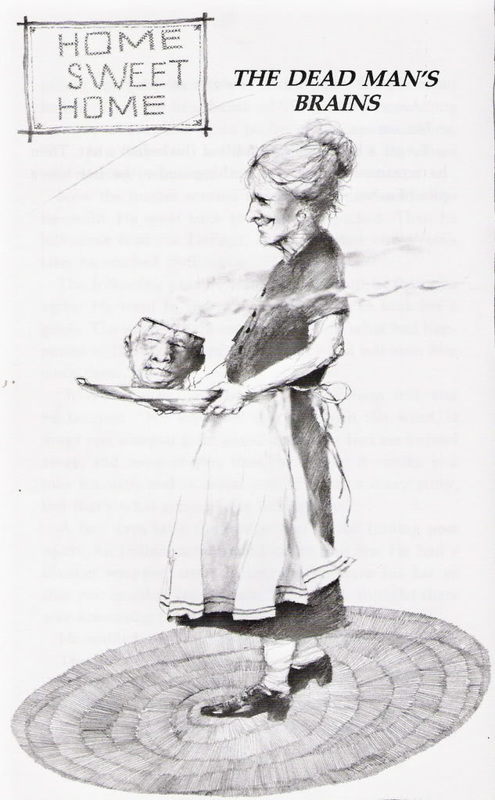
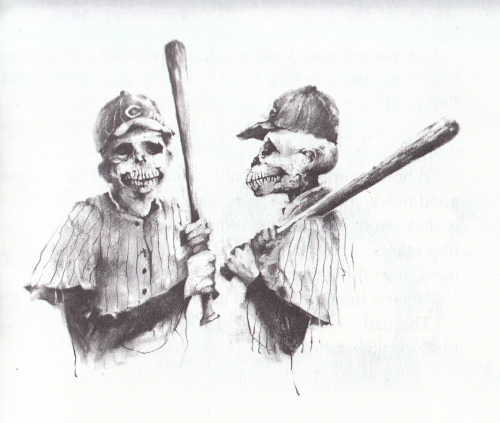
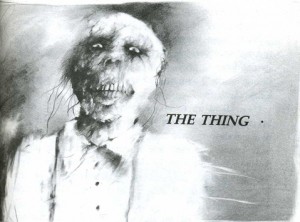
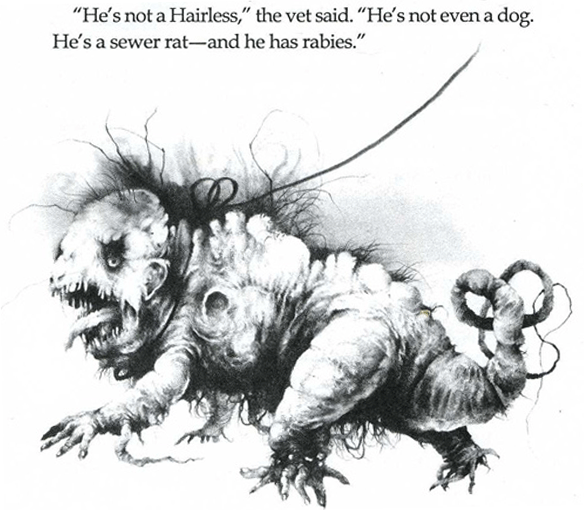
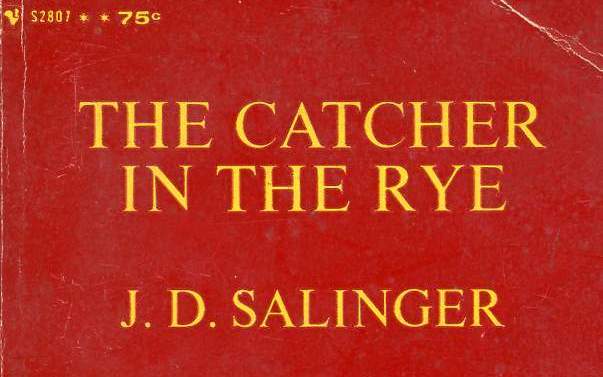
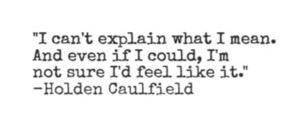
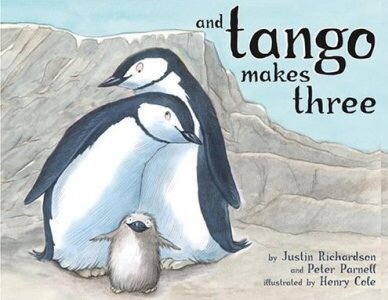
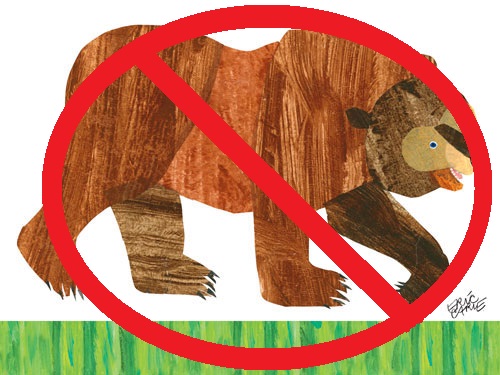
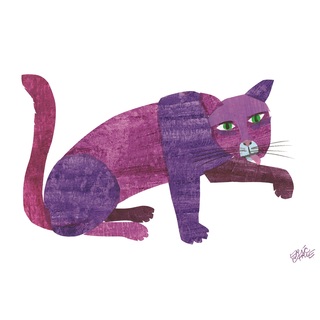
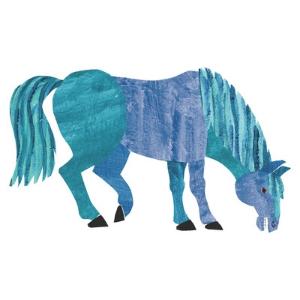
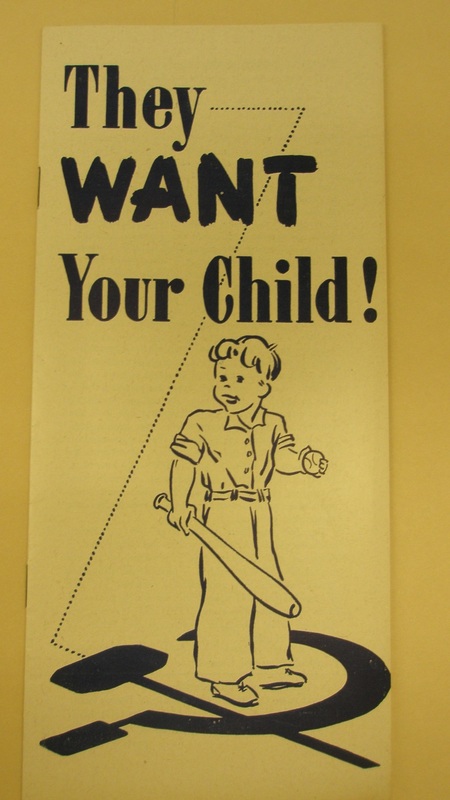
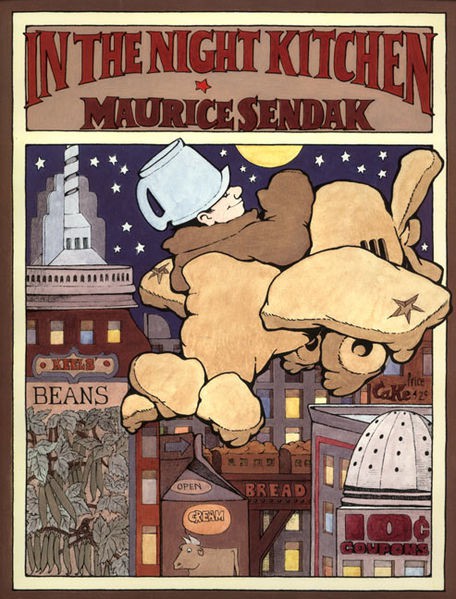
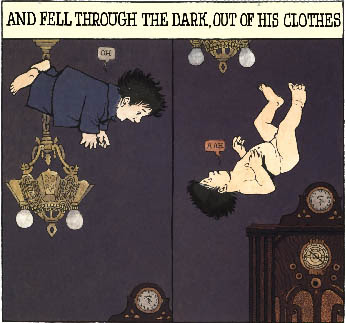
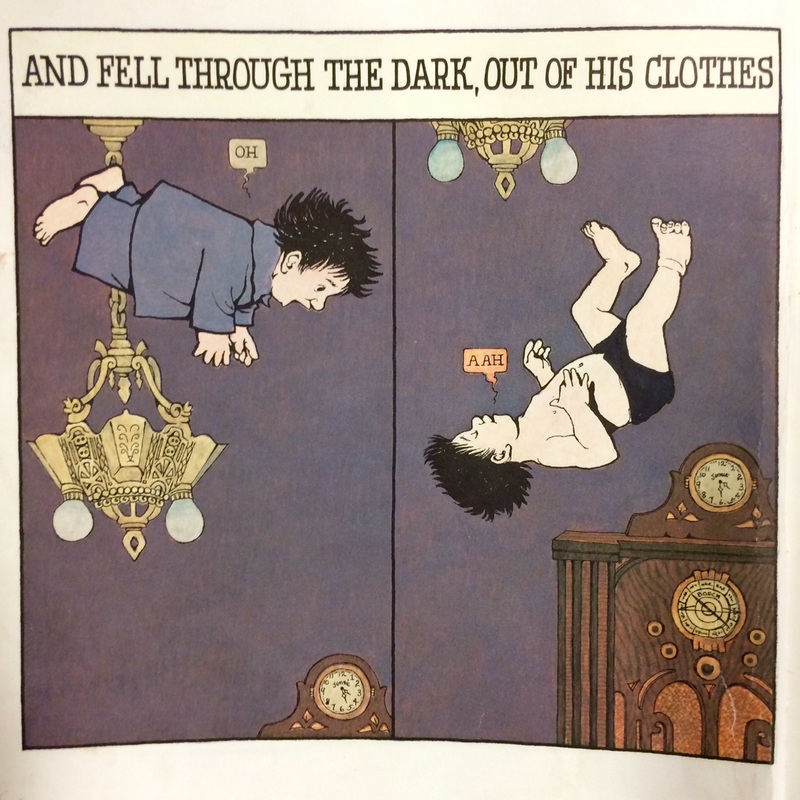
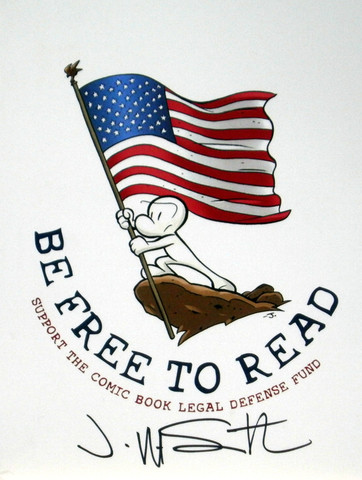
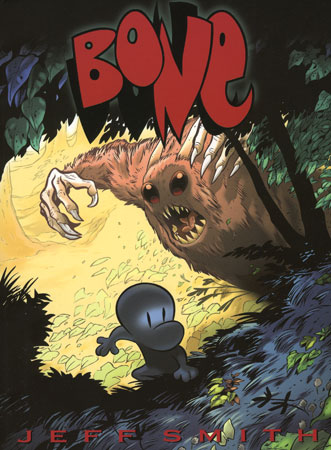
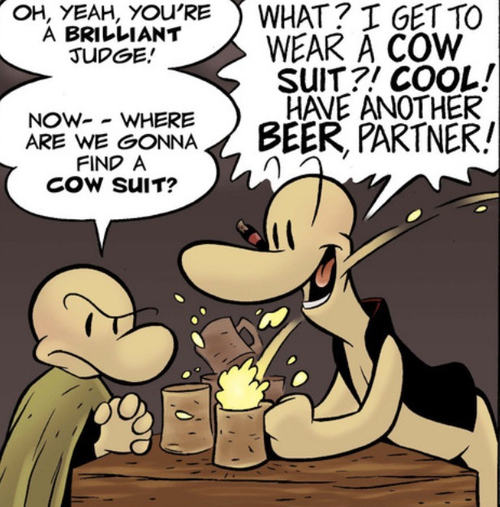
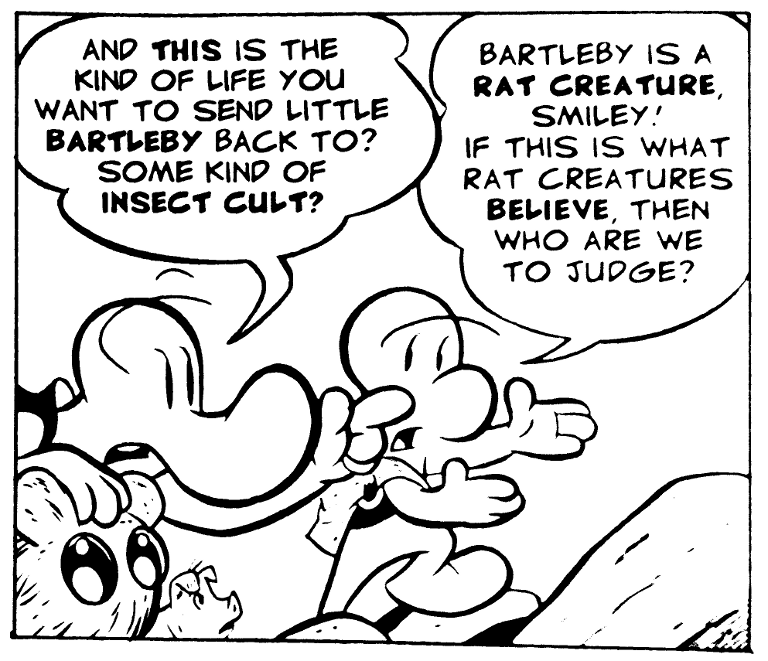
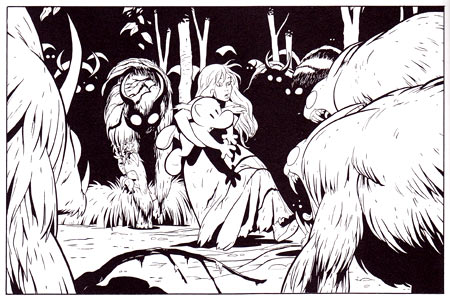
 RSS Feed
RSS Feed